|
One of the most common fungi is the Turkey Tail. It is easy to identify by its highly zonate (separate concentric color zones) patterning... or so you may think. Below we'll go over the characteristics of the True Turkey Tail (Trametes versicolor), as well as five others that look quite similar but are in fact completely different! True Turkey TailAKA Trametes versicolor, Coriolus versicolor, Polyporus versicolor Characteristics: Highly Zonate (seperate concentric color zones), Velvety cap, Porous underside (this is important to remember), coloring will vary with blues and browns, green tones may be present but are a result of algae growth. Polypore fungi. Behavior: Saprobic (survives by decomposting dead or decaying organic material and using as food), causes a white rot of sapwood (metabolizes all parts of the wood's cell wall - cellulose, hemicellulose, and lignin -aka- eats the whole tree in the decomposition process) Tree/Woodtype: Mainly hardwoods, very occasionally conifers Named for the general shape and coloring of the wild turkey's spread tail, turkey tail fungus can be found readily on fallen trees, logs, etc here in NEO. The best way to identify if it is a true Turkey Tail is to verify it has pores on the underside, the similar looking ones will have smooth undersides or gills (depending on the type). Hover over or click each image to learn more. False Turkey Tail (Stereum hirstum)Characteristics: Very tough, dry, paper-like. Highly zonate with the same blue, brown, green colors as true turkey tail. No pores or gills on the underside. Often, but not always, grows fused together (instead of the turkey tail shape). Considered a crust fungus as it lacks pores, gills, or teeth. Tree/Wood type: Grows only on hardwoods. False Turkey Tail (Stereum ostrea)Characteristics: Highly zonate but often red and orange in color. Generally more funnel shaped curved up and shape form is like an A or V). Tough, papery, dry crust fungus with a smooth underside. Tree/Wood type: Hardwoods From this point forward, there is no common name (no more false turkey tail title), but these are ones that maintain certain characteristics that could make one think they're a turkey tail. Sterum complicatumCharacteristics: Bright yellow/orange, highly zonate, lacking pores, differs from Stereum ostrea as this species grows in wavy strips rather than individually. Tree/Wood type: Found in Oak-hickory forests. Trichaptum abietinumaka Hirschioporus abietinus Characteristics: Slightly zonate with hues of white and purple when fresh, porous surface, fan-like cap. When cap is not present it has a 'purple paint' appearance on rotting tree. Tree/Wood type: Only found on dead conifers. Similar: Trichaptum biforme (only grows on hardwoods) Trichaptum laricinum (only grows in tamarack forest, underside has gills) Gilled polypour (Lenzites betulina)Characteristics: Heavily gilled. Zonate colors in brown and tan (green when algae is present). Gills are stark white. Corky and tough. Shelf fungus. Tree/wood type: Mainly hardwoods, occasionally conifers. While there are many, many, others that could be listed here, these are the ones I consider to be the most commonly and easily confused. As I've learned (and why I haven't yet opened the fungi door) there is so much to know, so much that is ever changing, and one can go on and on learning about all the types of fungi and still only have an elementary grasp on what it's all about. This has been illuminating though and I'll be certain to take a second look at any supposed Turkey Tail I find in the future.
Many thanks to Niklas for bringing up the subject and sparking the interest to look further into this particular species. I hope this helps you too!
2 Comments
Char
2/16/2019 03:44:27 pm
Just met you today at the WC and looking forward to learning more from your posts!!
Reply
Emily (Admin)
2/18/2019 09:07:55 am
Hi Char! Thanks for writing! Hope you enjoy! :)
Reply
Leave a Reply. |
AboutSince 2015 we have been exploring and sharing all the amazing things we’ve found in nature. AuthorEmily is an Ohio Certified Volunteer Naturalist who is most often found out in the woods. Archives
June 2024
Categories
All
|
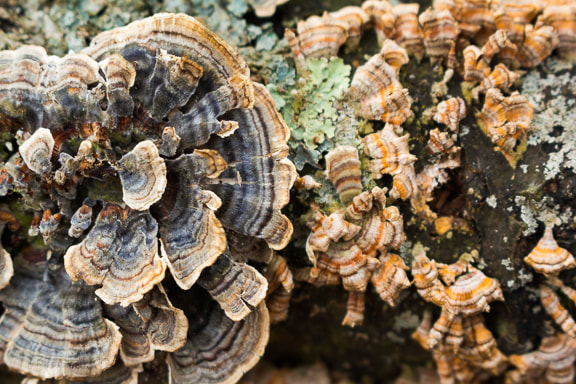
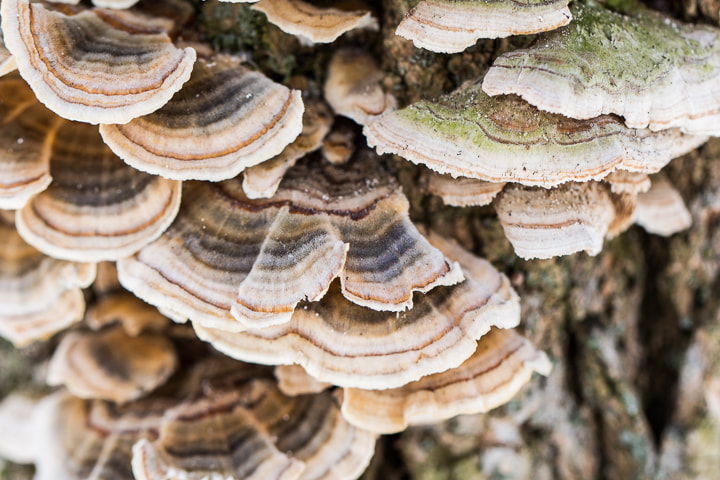
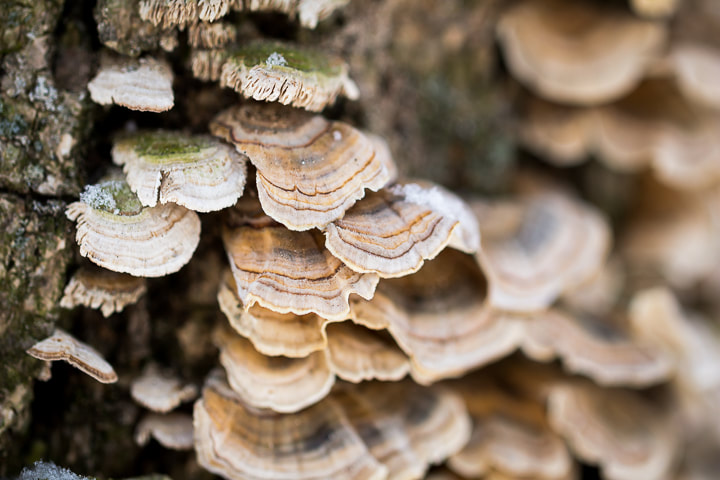
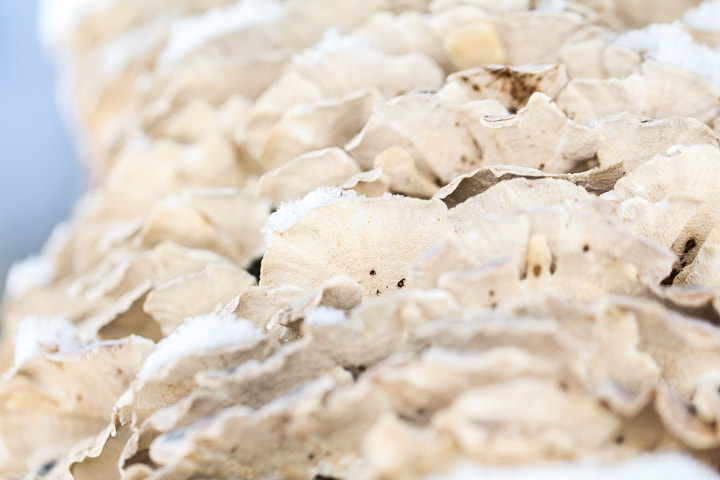



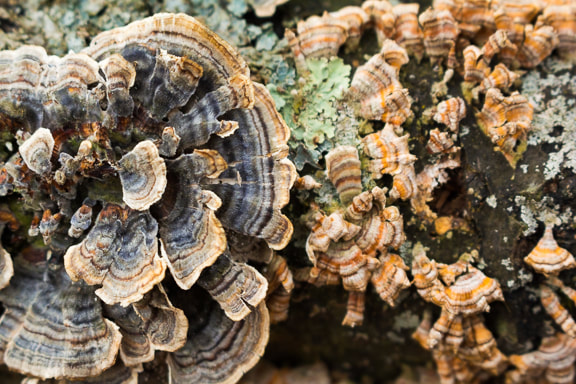
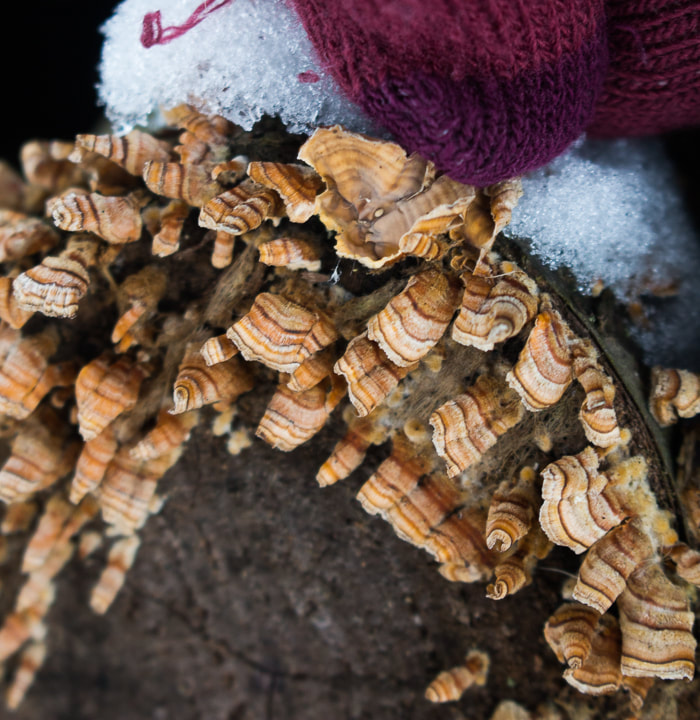

 RSS Feed
RSS Feed